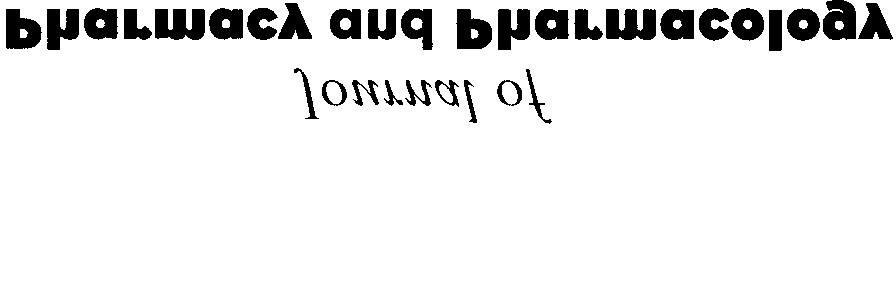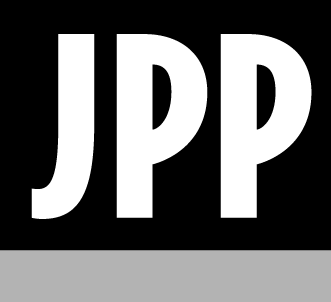joinbiote.com
BioTE HRT/BHRT MetaAnalysis Introduction Hormone replacement therapy (HRT) is used to treat menopausal symptoms in women. Most women who take HRT for menopausal reasons are given an estrogen/progesterone combination, except those who have had a hysterectomy, as they do not need progesterone. HRT has shown to improve muscle function, lower mortality in younger postmenopausal women and prote

 JPP 2005, 57: 1–6ß 2005 The AuthorsReceived September 23, 2004Accepted February 2, 2005
Nelumbinis Semen reverses a decrease in hippocampal
5-HT release induced by chronic mild stress in rats
Moonkyu Kang, Kwang-Ho Pyun, Choon-Gon Jang, Hyuntaek Kim,
Depression is associated with a dysfunctional serotonin system. Recently, several lines of evidence
have suggested that a very important evoking factor in depression may be a serotonin deficit in the
hippocampus. This study assessed the antidepression effects of Nelumbinis Semen (NS) through
increasing serotonin concentrations under normal conditions and reversing a decrease in serotonin
Purimed R&D Institute,Kyunghee University, Hoeki-
concentrations in rat hippocampus with depression-like symptoms induced by chronic mild stress
(CMS). Using an in-vivo microdialysis technique, the serotonin-enhancing effect of NS on rat hippo-
campus was investigated and its effects compared with those of two well-known antidepressants,
Hypericum perforatum (St John’s wort) and fluoxetine (Prozac). Rats were divided into five groups:
saline-treated normal, without CMS; saline-pretreated control; NS-, St John’s wort- and fluoxetine-
treated rats under CMS for 8 weeks or no stress treatment. NS and fluoxetine significantly increased
serotonin in normal conditions and reversed a CMS-induced decrease in serotonin release in the
The Catholic University of Korea,Seoul 137-701, Korea
hippocampus (P < 0.05 compared with normal group or control group under CMS). These results
suggest that NS increases the serotonin levels normally decreased in depression, resulting in an
enhancement of central serotonergic transmission and possible therapeutic action in depression. It
is suggested that NS may present an antidepressant effect through enhancement of serotonin.
JPP 2005, 57: 1–6ß 2005 The AuthorsReceived September 23, 2004Accepted February 2, 2005
Nelumbinis Semen reverses a decrease in hippocampal
5-HT release induced by chronic mild stress in rats
Moonkyu Kang, Kwang-Ho Pyun, Choon-Gon Jang, Hyuntaek Kim,
Depression is associated with a dysfunctional serotonin system. Recently, several lines of evidence
have suggested that a very important evoking factor in depression may be a serotonin deficit in the
hippocampus. This study assessed the antidepression effects of Nelumbinis Semen (NS) through
increasing serotonin concentrations under normal conditions and reversing a decrease in serotonin
Purimed R&D Institute,Kyunghee University, Hoeki-
concentrations in rat hippocampus with depression-like symptoms induced by chronic mild stress
(CMS). Using an in-vivo microdialysis technique, the serotonin-enhancing effect of NS on rat hippo-
campus was investigated and its effects compared with those of two well-known antidepressants,
Hypericum perforatum (St John’s wort) and fluoxetine (Prozac). Rats were divided into five groups:
saline-treated normal, without CMS; saline-pretreated control; NS-, St John’s wort- and fluoxetine-
treated rats under CMS for 8 weeks or no stress treatment. NS and fluoxetine significantly increased
serotonin in normal conditions and reversed a CMS-induced decrease in serotonin release in the
The Catholic University of Korea,Seoul 137-701, Korea
hippocampus (P < 0.05 compared with normal group or control group under CMS). These results
suggest that NS increases the serotonin levels normally decreased in depression, resulting in an
enhancement of central serotonergic transmission and possible therapeutic action in depression. It
is suggested that NS may present an antidepressant effect through enhancement of serotonin.